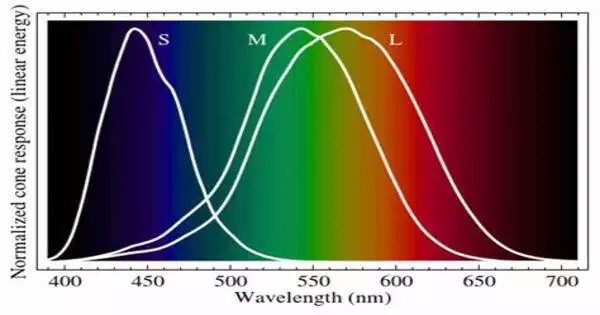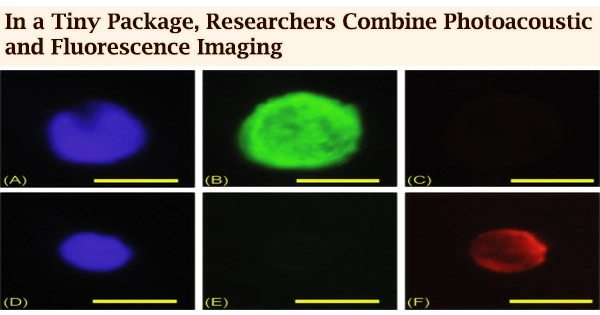Spectral sensitivity is the relative efficiency of detecting light or other signals as a function of frequency or wavelength. It refers to the sensitivity of a device or organism to different wavelengths of light. It is a measure of how responsive a system is to light at various wavelengths across the electromagnetic spectrum. Different sensors, detectors, or organisms may have varying spectral sensitivities depending on their design, purpose, or biological characteristics.
In visual neuroscience, spectral sensitivity is used to describe the various properties of photopigments in the retina’s rod and cone cells. It is well known that rod cells are better suited to scotopic vision and cone cells to photopic vision and that their sensitivity to different wavelengths of light varies. It has been established that the human eye’s maximum spectral sensitivity under daylight conditions is at 555 nm, while at night the peak shifts to 507 nm.
Here are a few examples to illustrate spectral sensitivity in different contexts:
- Human Vision: Cones and rods are the two types of photoreceptor cells found in the human eye. Cones are responsible for color vision and are sensitive to light wavelengths that are short (blue), medium (green), and long (red). Rods are more sensitive to low light conditions, but they make little contribution to color vision.
- Cameras and Imaging Devices: The spectral sensitivity of cameras and imaging sensors is determined by the type of sensor used. Some sensors, for example, are more sensitive to infrared light, whereas others are optimized for visible light.
- Remote Sensing: Remote sensing instruments, such as satellites, have sensors designed to capture specific bands of the electromagnetic spectrum. Each band corresponds to different wavelengths, and the spectral sensitivity of these sensors is crucial for specific applications, such as monitoring vegetation health, identifying geological features, or assessing environmental conditions.
- Photographic Films: Traditional photographic films also have different spectral sensitivities. Some films are more sensitive to certain colors or wavelengths, influencing the overall color balance and tonality of the images they produce.
- Biological Systems: It frequently refers to the sensitivity of various organisms to different wavelengths of light in biology. Bees, for example, are known to be sensitive to ultraviolet light, which is invisible to humans but is critical to their ability to locate nectar in flowers.
To supplement their characteristic curves that describe their responsivity, film, and sensors are frequently described in terms of their spectral sensitivity in photography. A database of camera spectral sensitivity is created and its spatial distribution is examined. The spectral sensitivity of X-ray films is chosen to be appropriate to the phosphors that respond to X-rays rather than to be related to human vision.
















